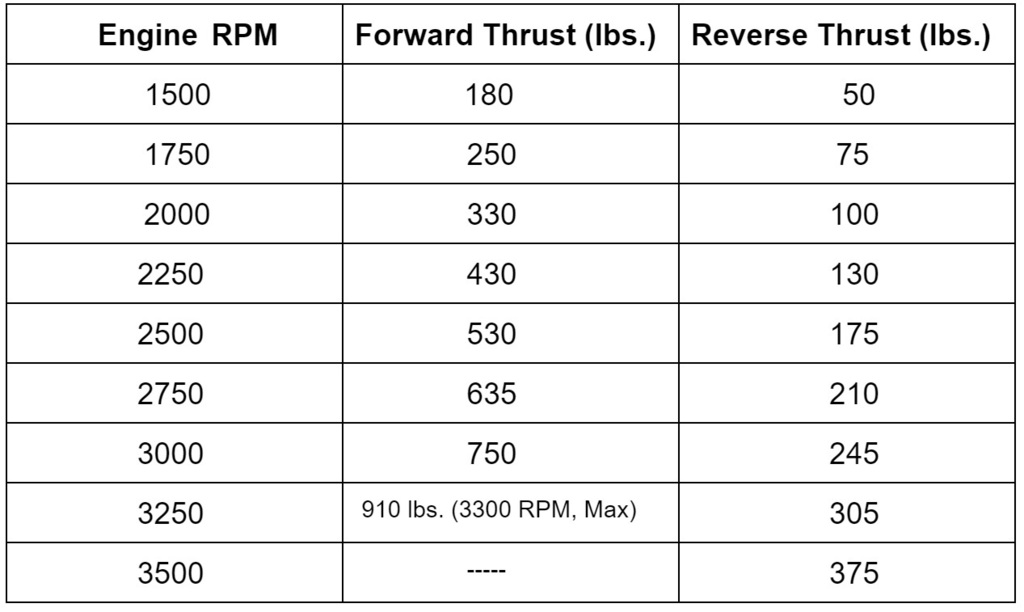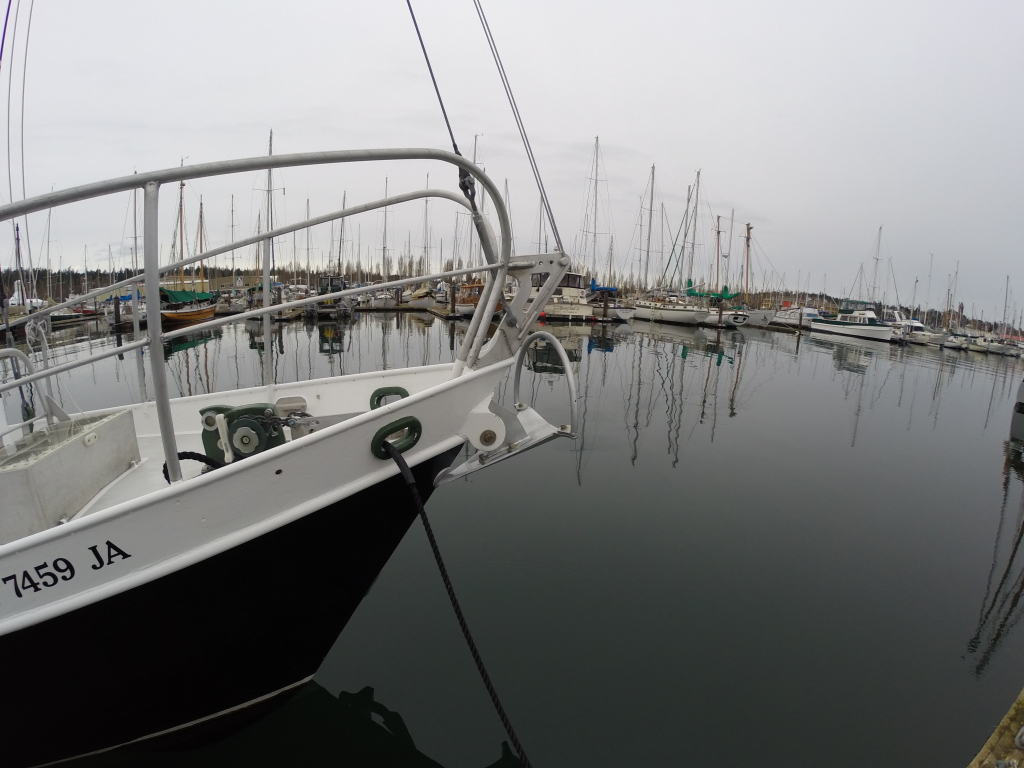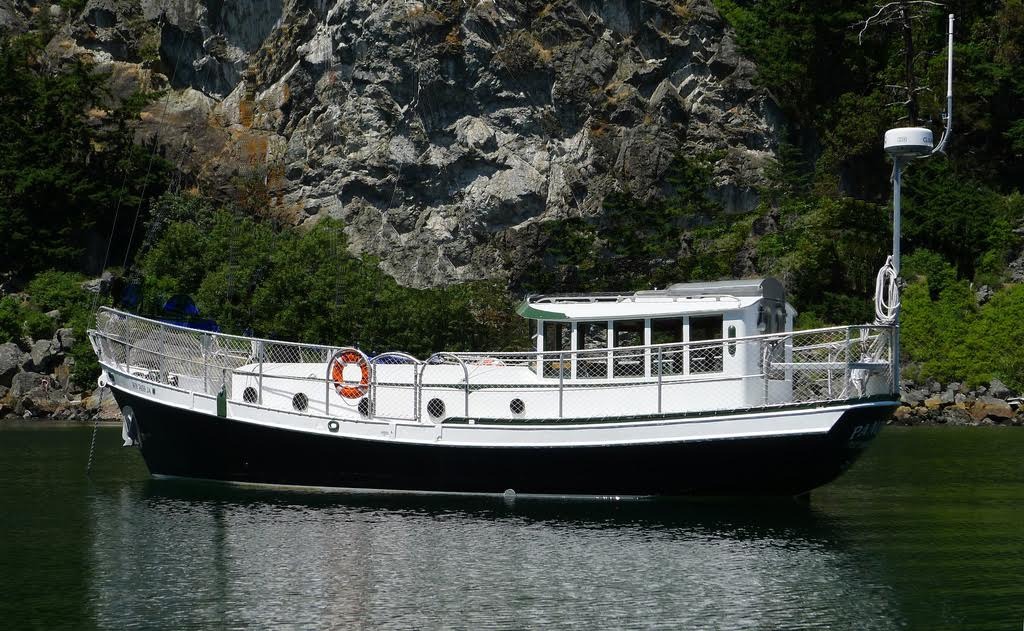BruceK
Moderator Emeritus
- Joined
- Oct 31, 2011
- Messages
- 13,347
- Vessel Name
- Sojourn
- Vessel Make
- Integrity 386
In a conversation I had with Rex he seemed to regard 3:1 as short scope, I regard it as minimum, but all chain, with Super Sarca, it normally works for us in normal conditions. We get a characteristic wind reversal from onshore to offshore overnight, never had a problem with that.
We always clean off on retrieval, our strong washdown pump is mains(240v) powered via the genset.
We always clean off on retrieval, our strong washdown pump is mains(240v) powered via the genset.



